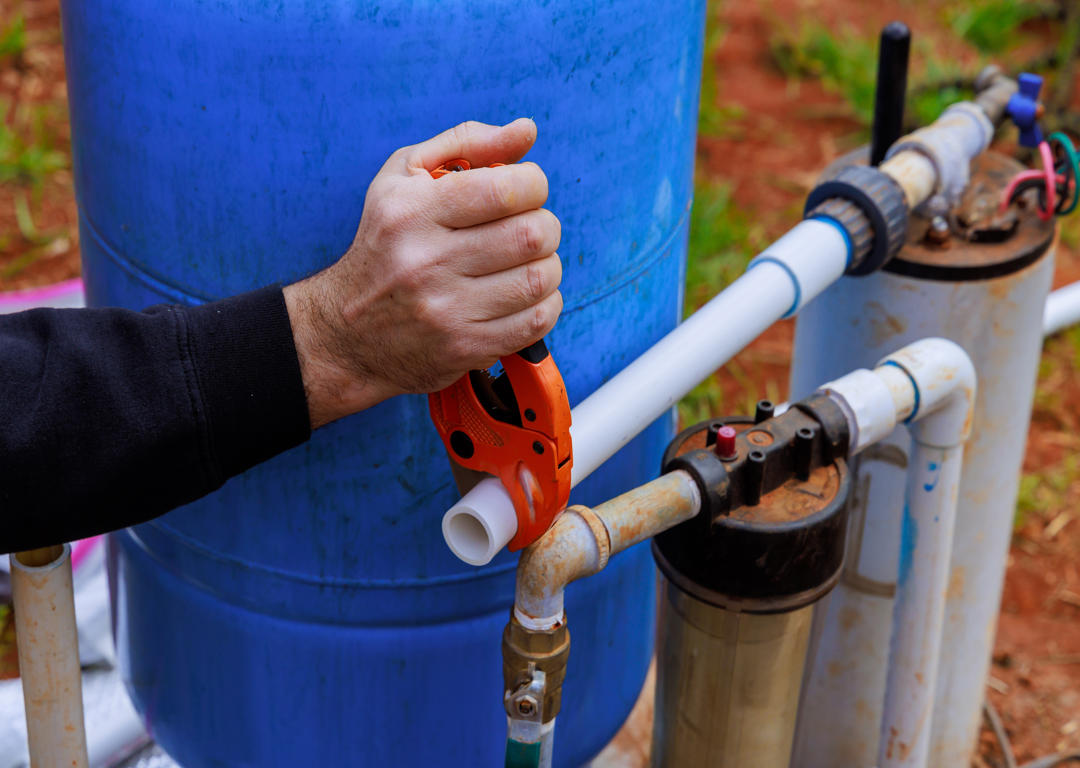
Water softeners play a crucial role in improving water quality by removing minerals that cause hardness. Regular maintenance of your water softener is essential to ensure it operates efficiently and lasts longer. Proficient Plumbing Service in Boise highlights the importance of maintaining your water softener and provides tips on how to keep it in top condition.
Understanding Water Softener Maintenance
A water softener reduces the concentration of calcium and magnesium in hard water through a process called ion exchange. Over time, the system can become less effective due to mineral buildup, clogged resin beads, or depleted salt levels. Regular maintenance helps prevent these issues, ensuring that your water softener continues to provide high-quality water.
Benefits of Regular Water Softener Maintenance
Improved Water Quality
Regular maintenance ensures your water softener is working correctly, providing soft water that enhances soap and detergent efficiency. Soft water also prevents scale buildup in pipes and appliances, leading to better performance and longevity.
Extended Appliance Lifespan
Appliances such as dishwashers, washing machines, and water heaters last longer when using soft water. Regular maintenance of your water softener helps protect these appliances from the damaging effects of hard water, reducing repair and replacement costs.
Cost Savings
Maintaining your water softener can result in significant cost savings. Efficient water softeners use less salt and water during regeneration cycles, lowering operating costs. Additionally, preventing scale buildup reduces energy consumption, further decreasing utility bills.
Essential Water Softener Maintenance Tips
Check Salt Levels Regularly
Salt is a critical component of the ion exchange process in water softeners. Without adequate salt, the system cannot effectively remove hardness minerals. Check the salt level in the brine tank at least once a month. Refill the tank when the salt level drops below the halfway mark. Use high-quality salt pellets specifically designed for water softeners to prevent the formation of salt bridges and mushing.
Clean the Brine Tank
Over time, the brine tank can accumulate dirt, sediment, and salt residue, affecting the efficiency of the water softener. Cleaning the brine tank annually is essential to maintain optimal performance. To clean the brine tank, turn off the water softener and disconnect it from the power supply. Remove any remaining salt and dispose of it properly. Mix a solution of warm water and dish soap, and scrub the inside of the tank using a brush. Rinse the tank thoroughly with clean water. Refill the tank with fresh salt and reconnect the water softener.
Inspect and Clean the Resin Tank
The resin tank contains resin beads that facilitate the ion exchange process. These beads can become clogged with iron, sediment, or other impurities, reducing the efficiency of the water softener. Inspect the resin tank periodically and clean it if necessary. Use a water softener cleaner designed to remove iron and other contaminants from the resin beads. Follow the manufacturer’s instructions for adding the cleaner to the system and regenerating the resin bed.
Check for Salt Bridges
Salt bridges are hardened layers of salt that form in the brine tank, preventing the proper dissolution of salt in the water. This can reduce the effectiveness of the water softener. To check for salt bridges, use a broom handle or similar tool to gently break up any hardened salt formations. Be careful not to damage the tank or its components.
Test Water Hardness
Testing the hardness of your water regularly can help you determine if your water softener is functioning correctly. Use a water hardness test kit to measure the hardness level before and after the water softener. If the hardness level remains high after treatment, it may indicate an issue with the system that requires professional attention.
Troubleshooting Common Water Softener Issues
Even with regular maintenance, you may encounter issues with your water softener. Here are some common problems and their solutions.
Low water pressure could be due to clogged resin beads or a buildup of sediment in the system. Cleaning the resin tank and replacing any clogged filters can help restore normal water pressure.
A salty taste in your water may indicate an issue with the brine tank or the regeneration process. Check the brine tank for salt bridges or other obstructions and ensure that the system is regenerating correctly.
If your water softener is not effectively removing hardness minerals, it may be due to depleted resin beads or a malfunctioning control valve. Inspect the resin tank and replace the resin beads if necessary. If the control valve is faulty, contact a professional plumber for repairs.
When to Call a Professional
While regular maintenance can prevent many issues, some problems may require professional attention. Contact Proficient Plumbing Service in Boise if you notice persistent issues with water hardness despite regular maintenance, unusual noises or leaks from the water softener, or difficulty in diagnosing or fixing problems with the system.
Professional plumbers can provide thorough inspections, repairs, and replacements to ensure your water softener operates efficiently.
Regular maintenance of your water softener is essential for improving water quality, extending the lifespan of appliances, and saving on costs. By following these maintenance tips, you can ensure that your water softener continues to provide high-quality, soft water for your home.
For expert water softener maintenance and repair services, contact Proficient Plumbing Service in Boise. Our skilled technicians are here to help you keep your plumbing system in top condition. Visit our website or call us today to schedule an appointment.


